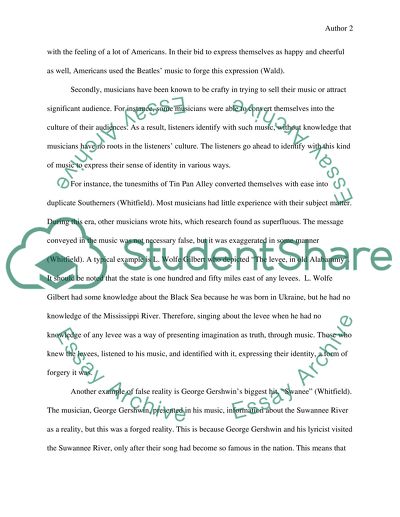Cite this document
(“Music as a Means of Expressing Identity and Change in the Music Essay”, n.d.)
Retrieved from https://studentshare.org/music/1496021-music-as-a-means-of-expressing-identity-and-change-in-the-music-industry
Retrieved from https://studentshare.org/music/1496021-music-as-a-means-of-expressing-identity-and-change-in-the-music-industry
(Music As a Means of Expressing Identity and Change in the Music Essay)
https://studentshare.org/music/1496021-music-as-a-means-of-expressing-identity-and-change-in-the-music-industry.
https://studentshare.org/music/1496021-music-as-a-means-of-expressing-identity-and-change-in-the-music-industry.
“Music As a Means of Expressing Identity and Change in the Music Essay”, n.d. https://studentshare.org/music/1496021-music-as-a-means-of-expressing-identity-and-change-in-the-music-industry.


